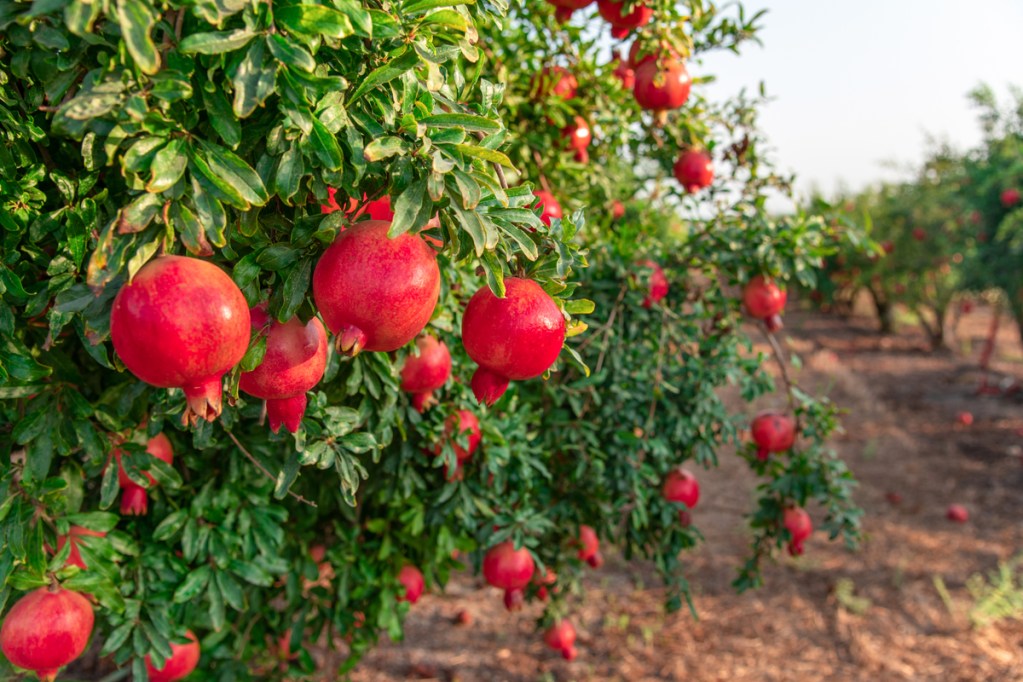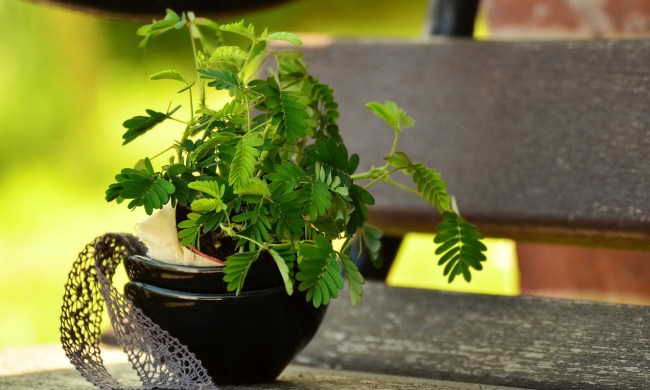Pomegranates are delicious, but have you ever thought about using their seeds to grow a tree? Not only do they produce fruit, but the trees also have beautiful orange flowers that add a nice pop to your garden. If you’re wondering how to grow pomegranates from seeds, the process is pretty easy. All you need are some seeds from the fruit, time, patience, and a willingness to experiment.
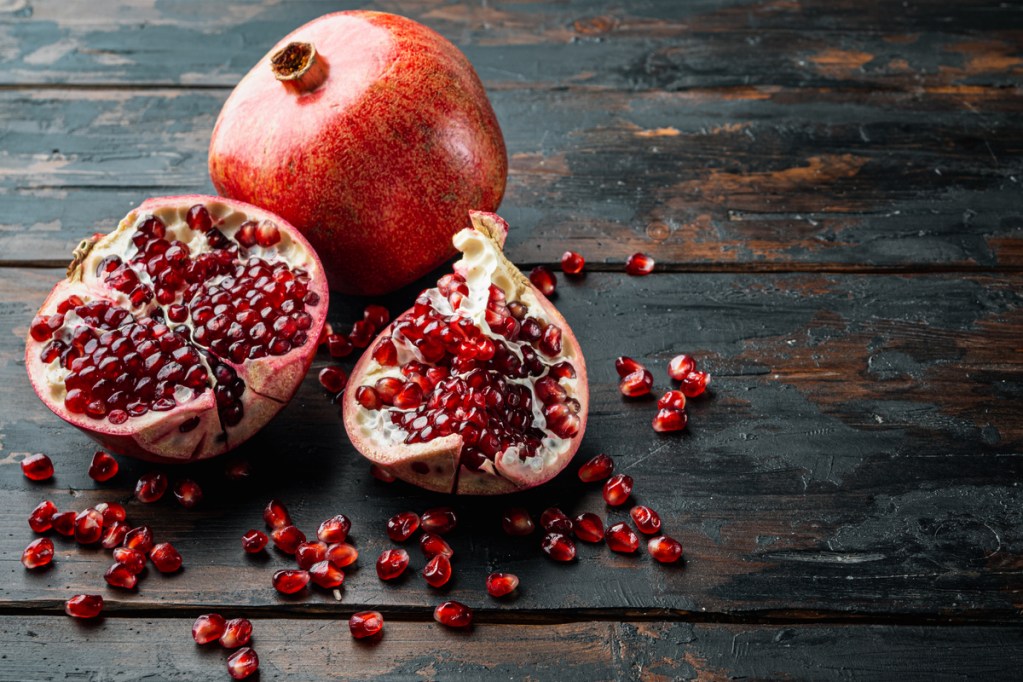
Getting the seeds for your pomegranate tree
Gathering seeds from the fruit of a pomegranate tree is fairly simple. Cut your pomegranate in half and remove the berries inside as if you were going to eat them, and wash the berries gently under cold water. Clean the pulp off of the seeds and set them out to dry. This is where a willingness to experiment comes in.
Unfortunately, pomegranate seeds are fairly unpredictable and you aren’t guaranteed to have trees that bear the same flavored fruit as the one the seeds were from. You won’t know for sure what the fruit will taste like until the tree produces, so it may be beneficial to grow more than one tree in case you have a tree with less-than-desirable pomegranates.

Starting the seeds indoors
Start the pomegranate seeds indoors, ideally in midwinter so that you can transplant them either to larger plant containers or outdoors when the last frost passes in spring. When starting the pomegranate seeds, plant them 1/4 inch deep in the seed starter. Be sure to plant only one seed per starter cell.
As they sprout and grow, the seeds should be kept in a place with bright lighting, and the soil should stay moist. If you live in a place that doesn’t receive a lot of natural bright lighting, you may need to purchase grow lights to help the seedlings along. Viable seeds should begin to sprout within six weeks. Unlike other plants, you’ll also need to get the pomegranate seedlings ready to be moved outside. As it gets closer to spring, bring the seedlings outside whenever you can, gradually increasing the amount of time they spend outdoors.
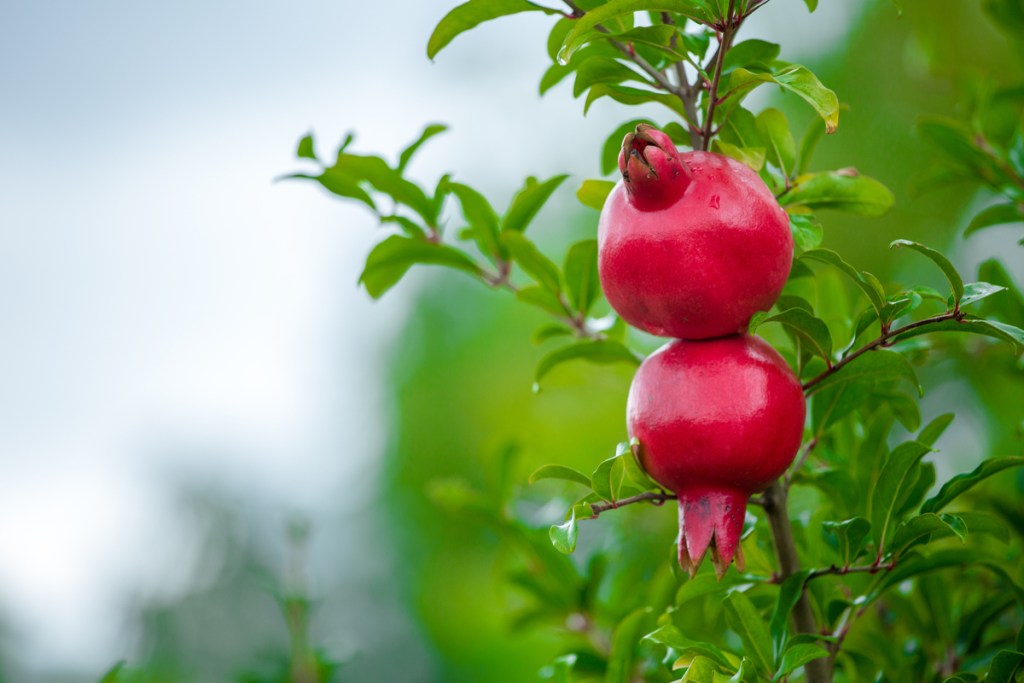
Caring for your growing tree
Pomegranate trees are suitable for outdoor growing in USDA hardiness zones 8 through 11. If you live outside of these zones, you may want to look into how to grow pomegranate trees in pots. It won’t be vastly different, but you won’t have to go through the steps of prepping them to be planted outdoors and transplanting them into the soil.
When you are growing pomegranates outdoors, you should frequently water your newly planted trees (and this goes for any new tree) until their roots become established. During warmer summer months, they should be watered deeply to help prevent the roots and plants from drying out. It’s often recommended to shorten the shoots of your pomegranate trees for the first few years of their lives to encourage strong growth.
If you’re considering pruning your pomegranate tree, you should do so right before they’re about to leaf in the spring (though they can be lightly pruned during the year). When your pomegranate trees begin to bear fruit, you should thin them out to one fruit per six inches. This will help keep the branches from getting too heavy and encourage the fruit to grow larger.
Where you should plant your pomegranate tree
Your pomegranate seedlings should be transplanted outdoors during the spring; however, you can plant them outdoors during the fall if you live in a warmer area. Avoid transplanting them during the warmest or coldest months of the year.
Pomegranate trees will be happiest in an area that receives at least six hours of direct sunlight a day, so avoid locations that get a lot of shade. If you aren’t sure where the best spot is in your yard, pay attention to the light cycle for a few days to monitor where the sunniest vs. shadiest spots are. In addition to lots of sunlight, pomegranates also prefer spots with good drainage.
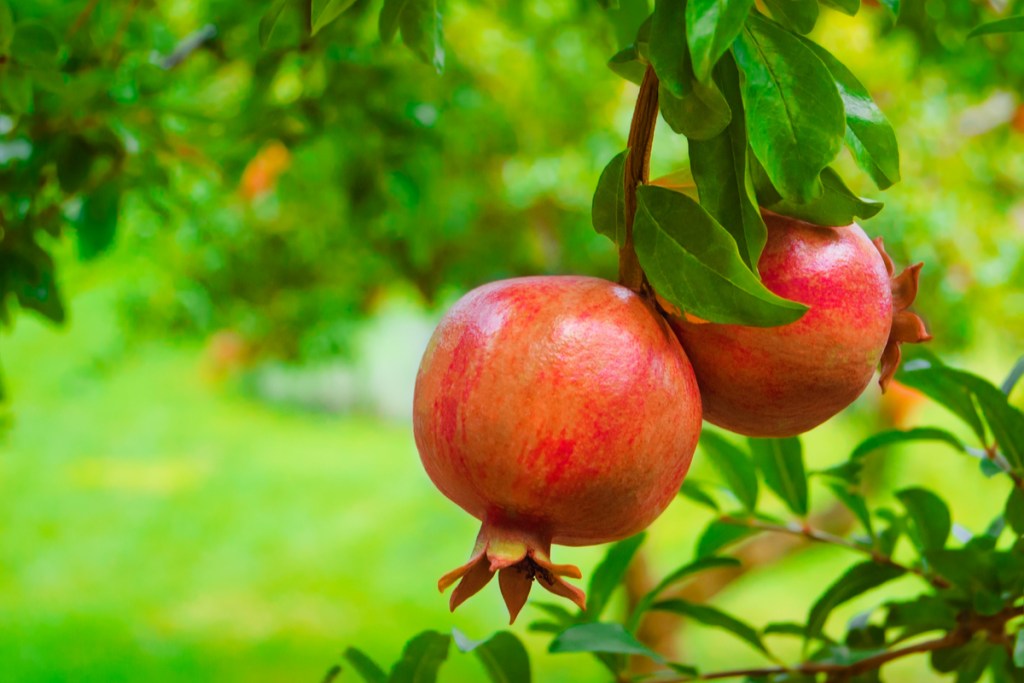
Can pomegranate trees be propagated?
Aside from starting with seeds, some growers will propagate pomegranate trees by taking 8- to 10-inch cuttings. These should be harvested with sterile pruning shears and started indoors just before the final frost of the winter. When they’re ready to be transplanted outside, follow the same guidelines mentioned above. Cuttings should be planted in the ground at least 18 feet apart so the roots of the trees will have room to grow and expand as the plant gets older.
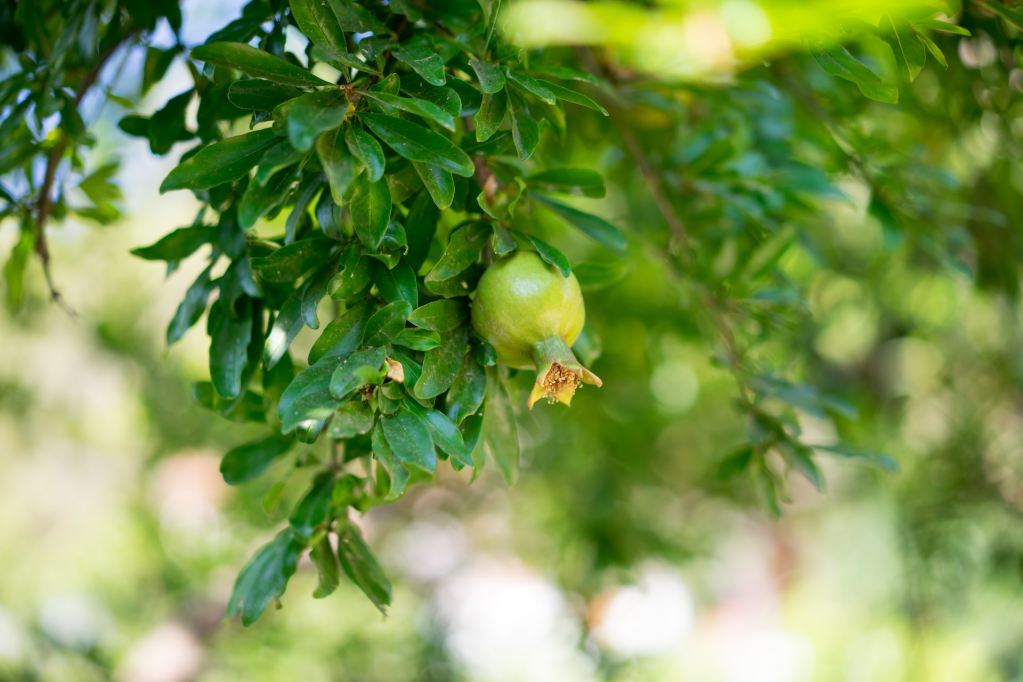
How long does it take for pomegranates to grow from seeds?
To grow pomegranates from seeds, you’ll need to commit to the planting process for the long haul. From the seedling stage, it can take anywhere from a year and a half to two years for a humble seed to become a full-fledged tree — for edible fruit, you may even need to wait anywhere between two to five years. To speed up this process, make sure that your tree is receiving ample sunlight and two to three generous feedings of organic fertilizer per year. Staying on top of care is vital for a healthy pomegranate tree with delicious fruit.
The biggest unknown when growing pomegranates will be whether the fruit will be of good quality. It’s a bit of a commitment that may require you to grow more than one plant until you have a tree with tasty fruit. But once you get the hang of growing a pomegranate tree, you’ll be able to enjoy delicious fruit for years to come. It’s worth it — we promise!
